A Washington, DC Takeoff
Reflections from a walk, a NASA visit, an art exhibit, and a move.
"I'm back.
- Michael Jordan"
Recently, I went for an evening walk around my parent’s neighborhood. I have spent a couple decades traversing the streets around their house. Running, walking, biking, and peddling school fundraisers door-to-door. The mental map feels like an electric railway. There are strong built-in connections between where I was, am, and going to. On this particular night my brain set the trolley to automatic with each step guided by sidewalk and streetlamp.
You may be familiar with this sense. Close your eyes and think of the place you spent most of your life. Nearby houses, buildings, parks, even trees can be pictured in detail. The cream brick house with a brown roof on the corner. A block where houses are built into a small hill where you’re stepping up a crest to the front door. The ugly one on Kenmore where you can see the KFC sign from the front window. I veered left at consecutive intersections as intuition navigated me back.
Less than a quarter mile before my destination a whole block of houses felt foreign. Is it possible I’ve never been on this block? Hmm. Nooked between two major thoroughfares, this street exists outside of the neighborhood’s main grid. Besides those on the corners these houses felt unfamiliar. It seemed the grooves of my life never guided me here. I chuckled at the novelty, appreciated a few bay windows, and walked home.
After a decade living in DC I moved back to Wisconsin this fall. I’ll dearly miss Washington and I’m already excited to return soon. The city was and is a great place to experience creativity and the arts. While Milwaukee has some excellent collections it’s hard to compete with the nation’s capital. There’s free entry to world-class museums in your backyard. On display until June 2024, this Alma Thomas exhibit at the Smithsonian American Art Museum felt specially curated for DC residents. While I’d seen Thomas’ work in isolation at other museums I never grasped her deep connection to the city. And learning more about her commitment to craft still has me in awe.
Alma Thomas moved to Washington, DC in 1907 at the age of 16 to escape race riots in Georgia[1]. Her family settled into a Victorian house at 1530 15th Street in the black segment of a segregated city. Prepared to teach Kindergarten art instruction by trade, she supervised art classes for six years at schools in Maryland, Pennsylvania, and Delaware. She was drawn back to DC to explore art of her own interest: costume design. She entered Howard University in 1921 as as a 30-year old home economics student before switching to fine art, specializing in sculpture. She was the first graduate of Howard’s art department and secured a job with DC Public Schools shortly after graduating. She would teach art for over 35 years at Shaw Junior High, an all-black school that remained segregated during the entirety of her tenure.
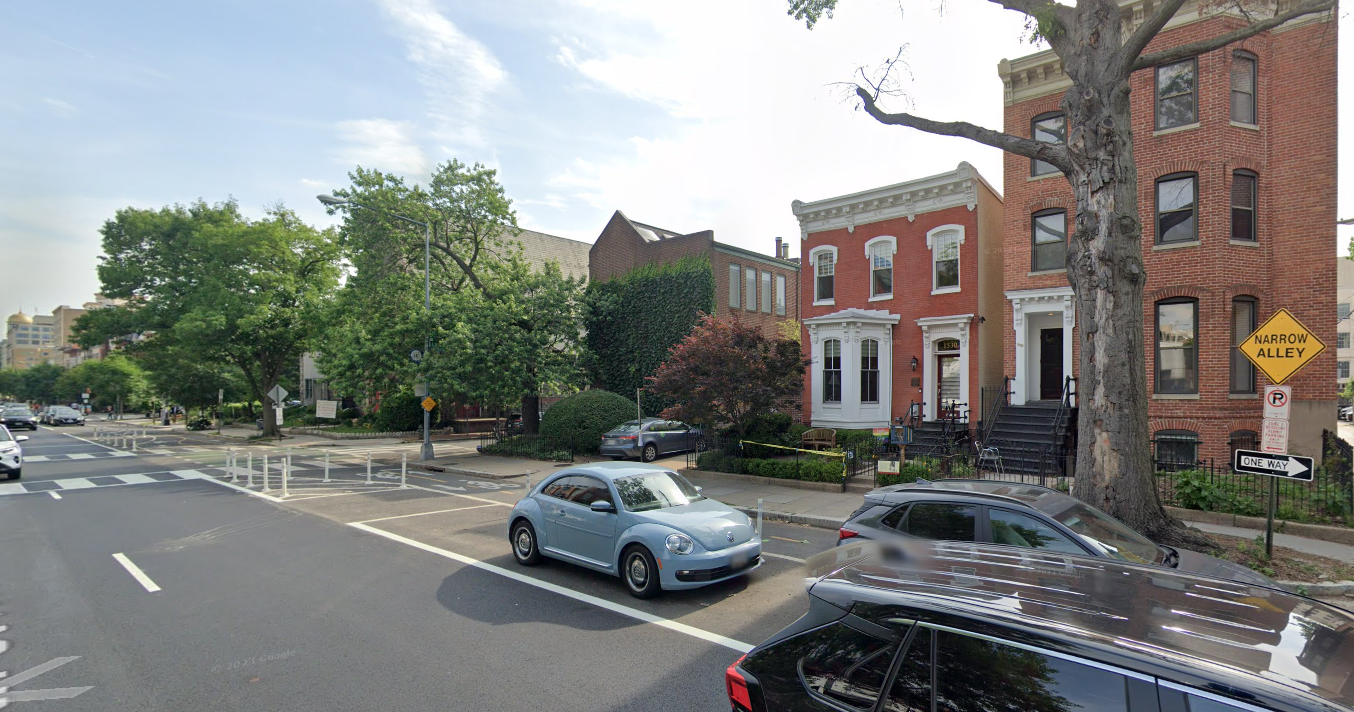
Her art education was formal and informal. As a teacher she prepped lesson plans, organized museum field trips, judged dance competitions, and facilitated student exhibitions. During summers in the early 1930s she attended Columbia University’s Teachers College earning a masters degree and taking over 100 hours of instruction in marionettes. She brought these techniques to her students: building jointed puppets with life-like body proportions, making costumes, and encouraging experimentation with color and patterns in their work.
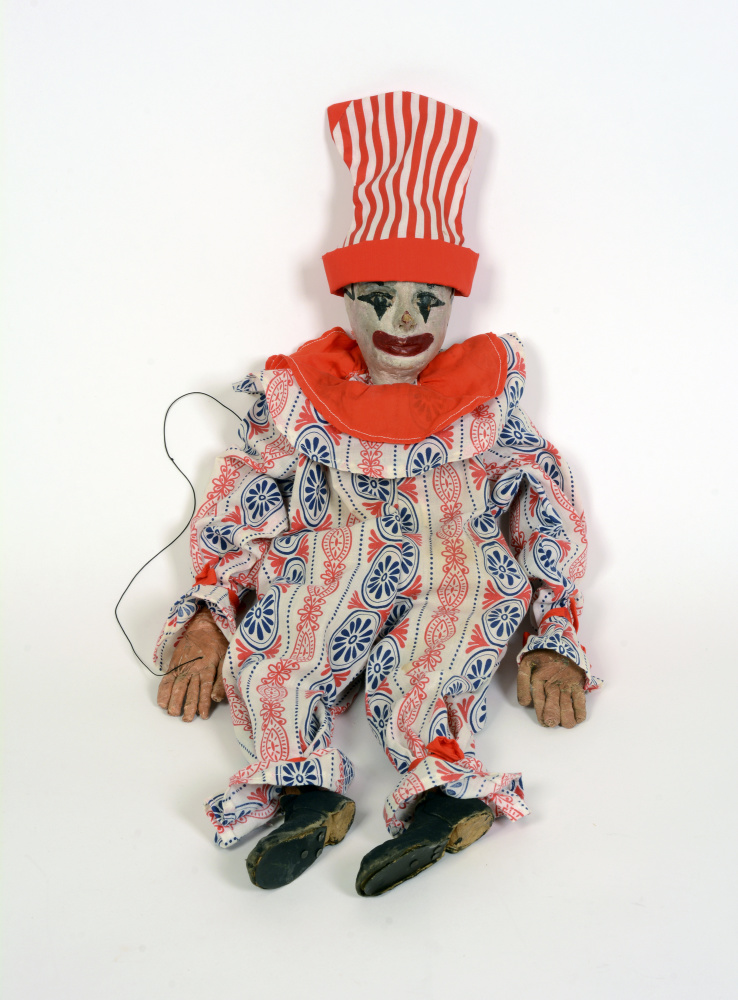
As an artist and advocate she served as vice president of the Barnett Aden Gallery, one of the first black-owned art galleries in the US. She founded arts organizations for children and began to focus her work on painting. By the early 1950s she honed her technique through participation in art collectives and attending advanced art courses at American University. Her work was realist with notes of abstract flourish.
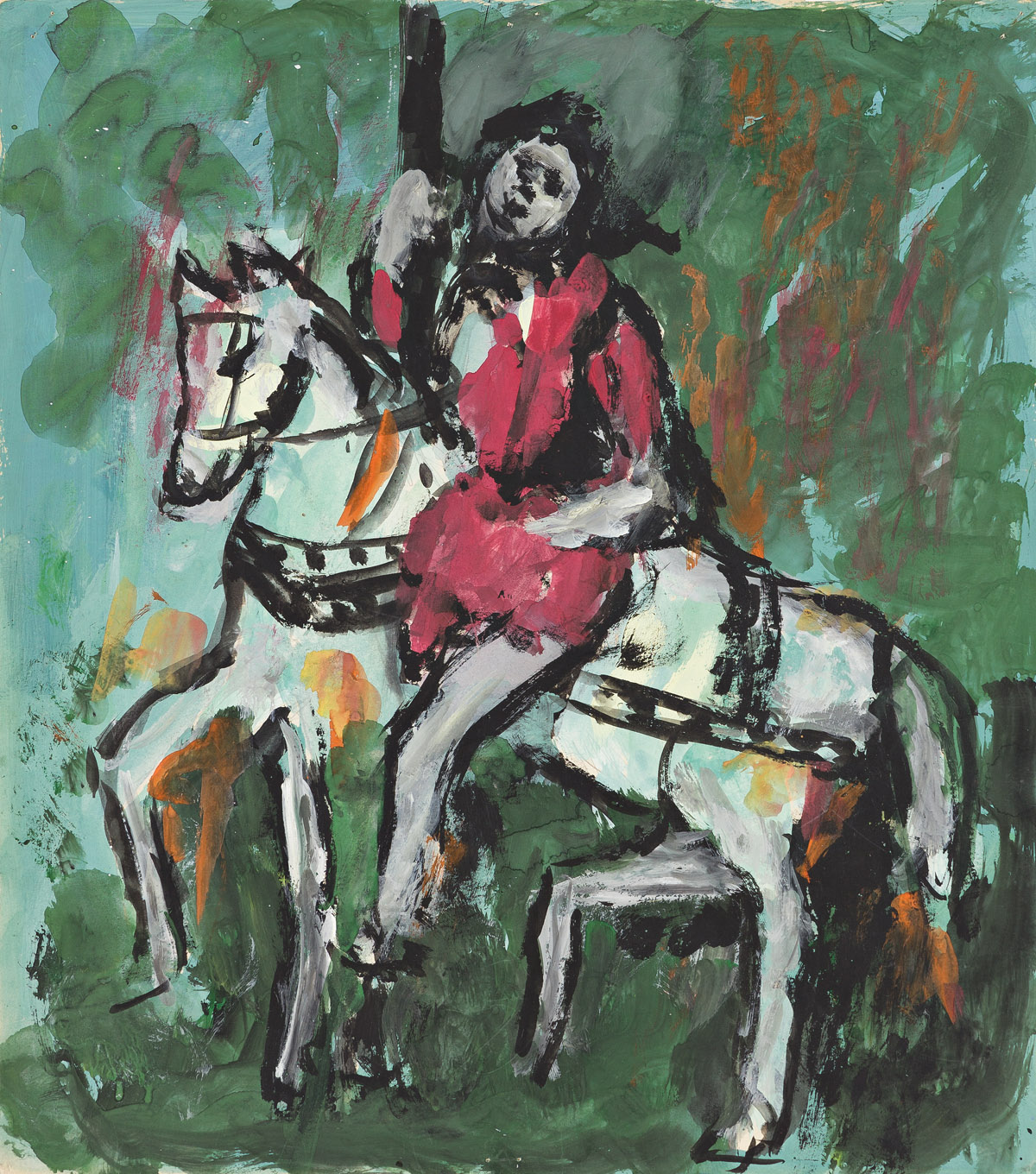

She explored more abstraction at selected one-woman and group exhibitions at the Barnett Aden Gallery, the Dupont Theatre Gallery at 1322 Connecticut Ave, and the Corcoran Gallery of Art.

She would paint her last realist work of the March on Washington in 1963.
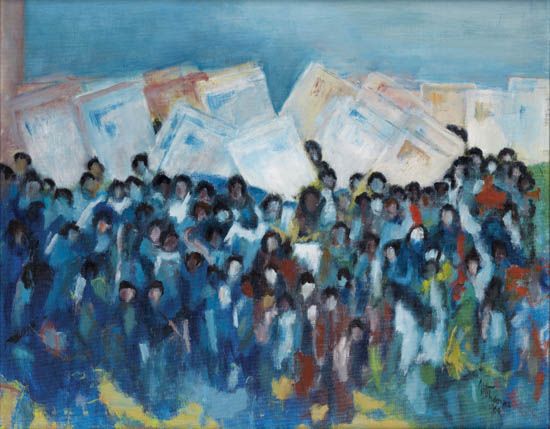
By 1964 she was suffering from arthritis and failing health, worried her body might impede her career. Requiring assistance to stand, she instead painted with a canvas propped on her lap leaned against a couch. Arms arching from the act of painting, she used pencil sketches which she never erased and later long elastic bands to align her brush strokes[2]. Unable to reach corners of the canvas, she rotated it. https://www.nga.gov/blog/alma-thomas-life-washington.html Creating a form that was practical and vibrant.
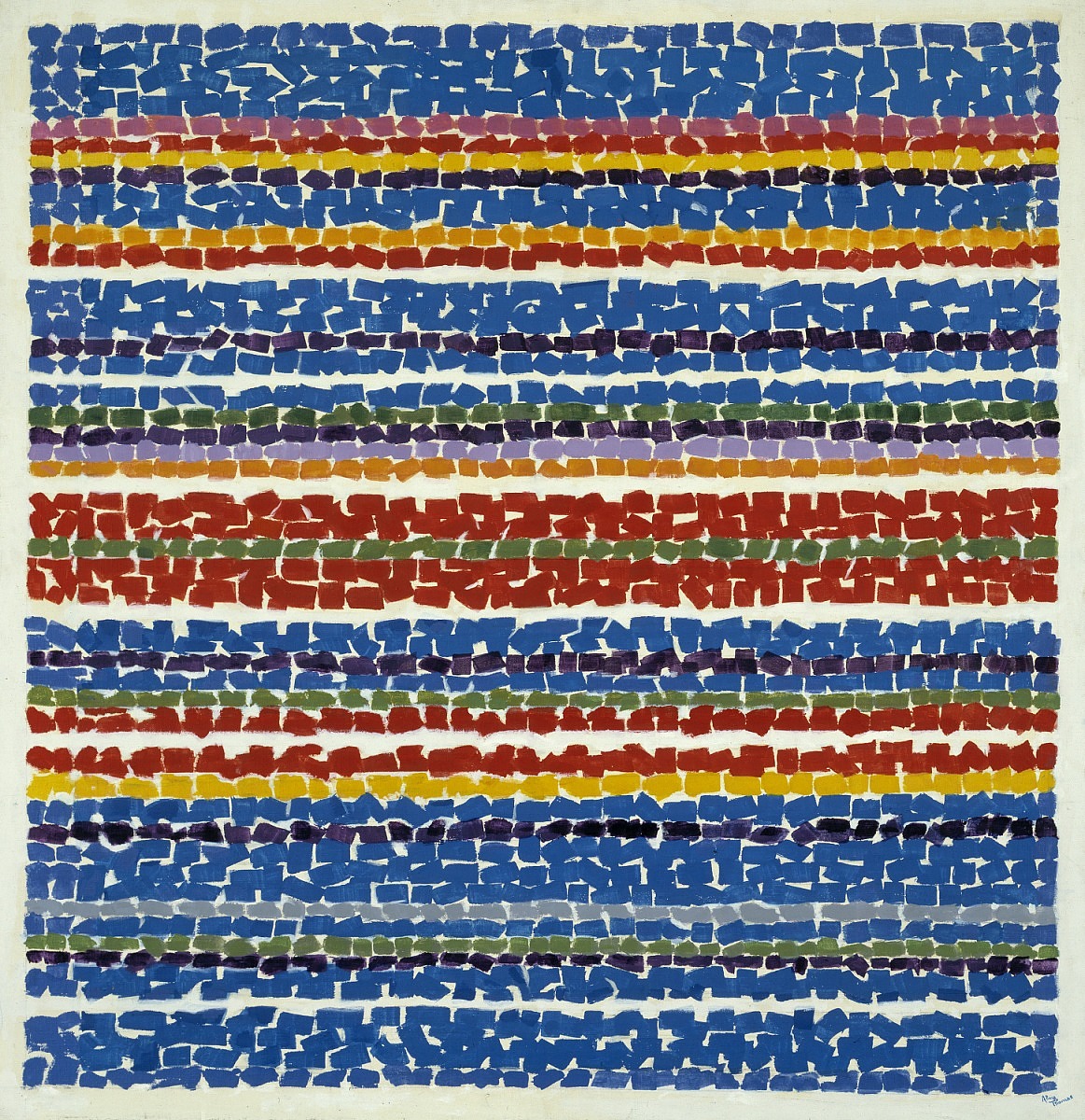
Intended as a retrospective show at Howard University, she debuted a new style of daubed abstractions with bold color contrasts[3]. Heavy splotches of paint align as if they were organized confetti. The canvas peeks through like light entering a kaleidoscope.
Her most famous work came was inspired by nature, music, and space. Enraptured by the opportunity and beauty of the NASA missions she produced pieces abstracting celestial phenomena and space exploration: solar eclipses, the earth, the sun, and phases of the Apollo shuttle program.
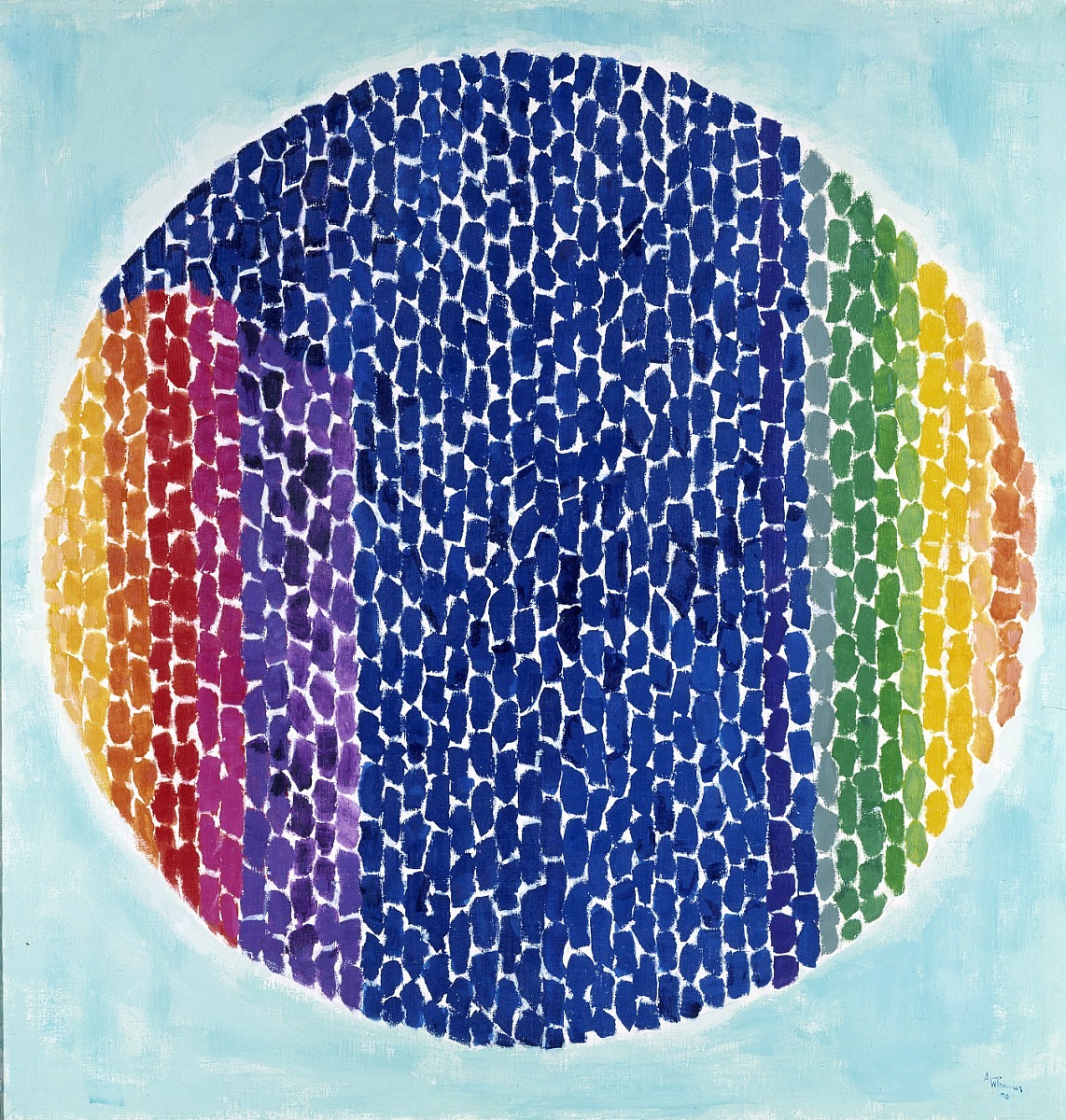
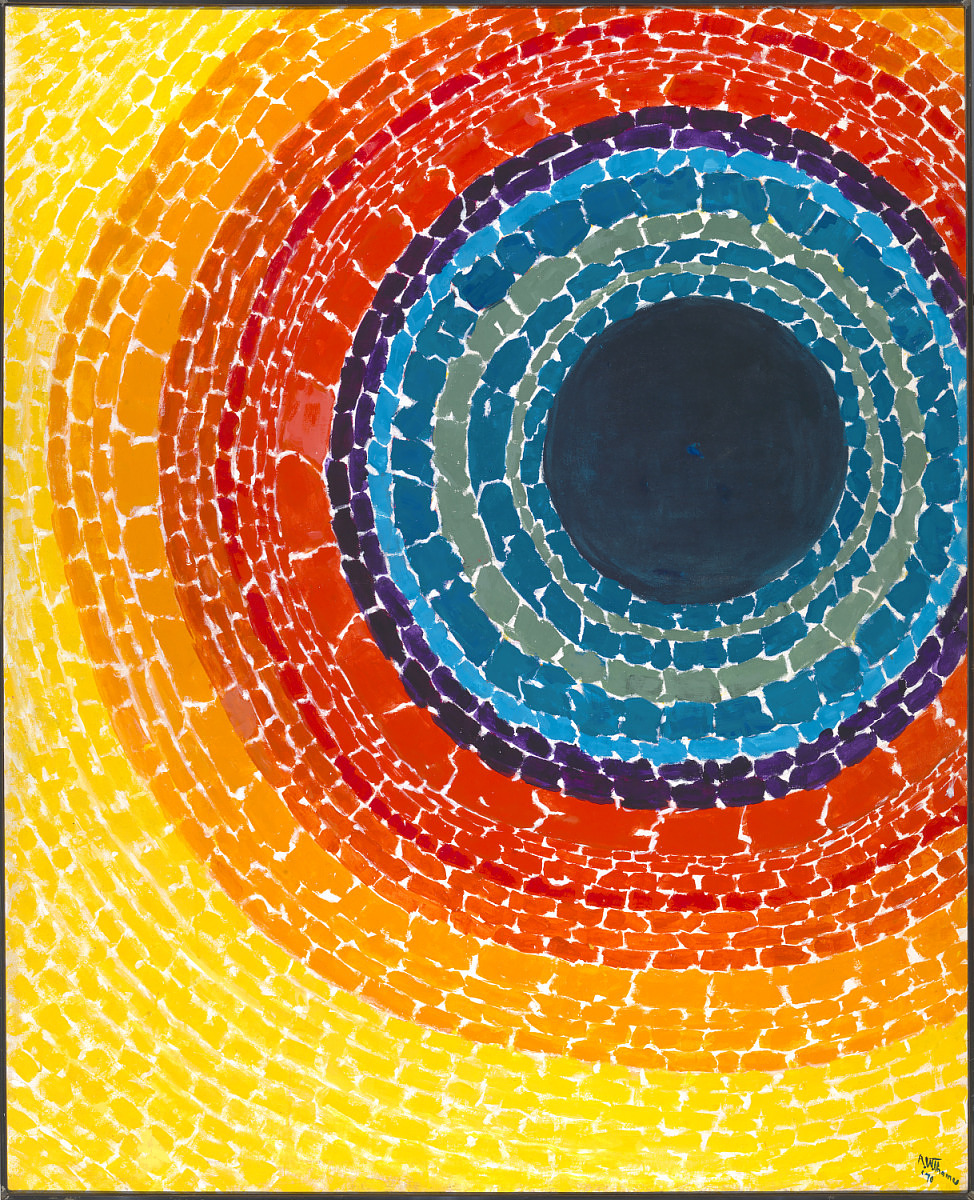
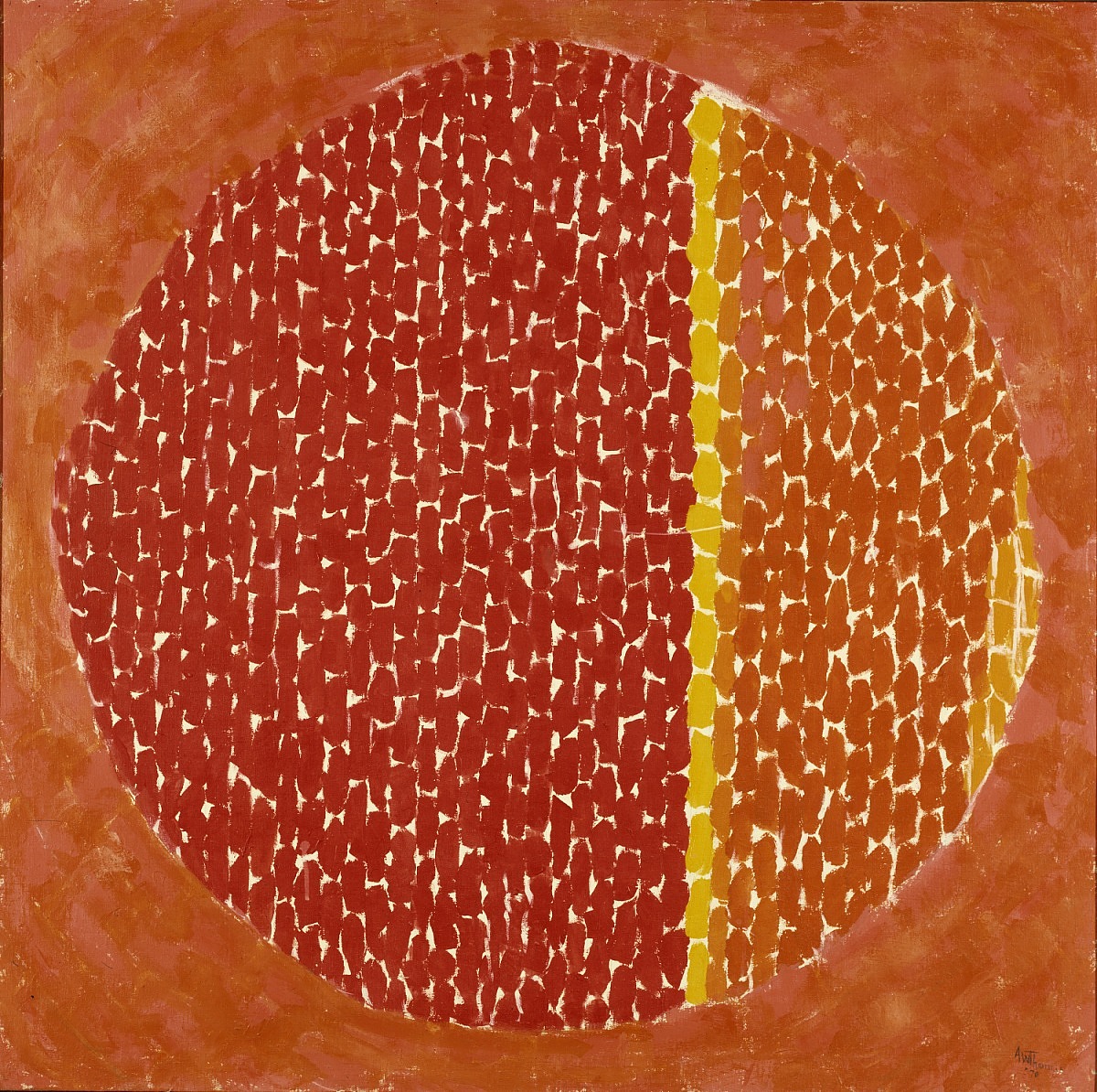
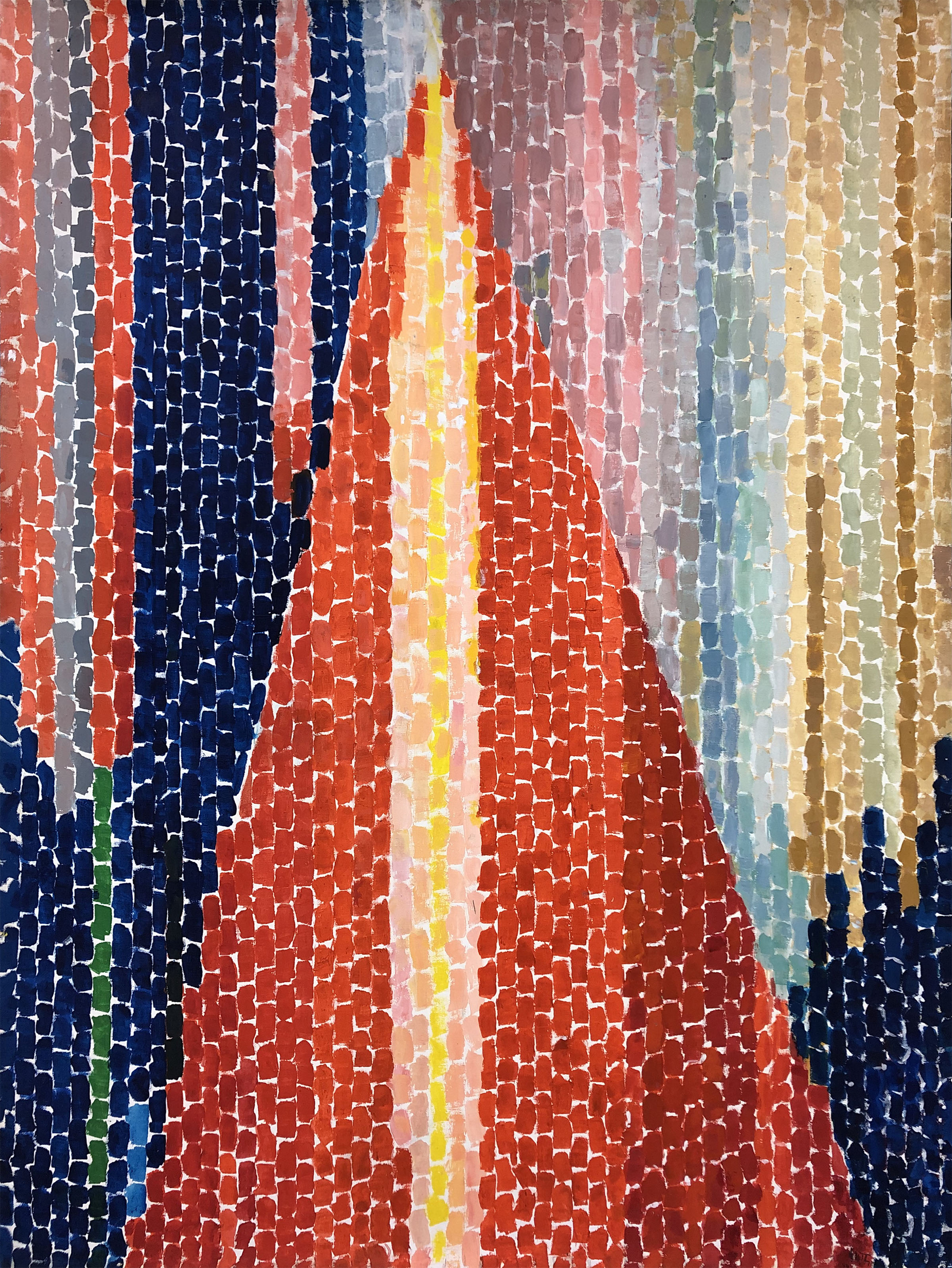
NASA continues to push the boundaries of knowledge better understand the earth, our galaxy, and beyond. I’m lucky enough to have a brother who has worked on it.
Visiting a NASA facility in September I was struck by how much it felt like a business. These staff are leaders in their field. They also sit at computers and produce components like any factory. This one manufactures specialized aerospace vessels. John was working on a design of an electrical board that will assist a craft’s landing. His explanations of technical components are measured and exact but mostly fly over my head. And surely the craft will fly over yours someday too!
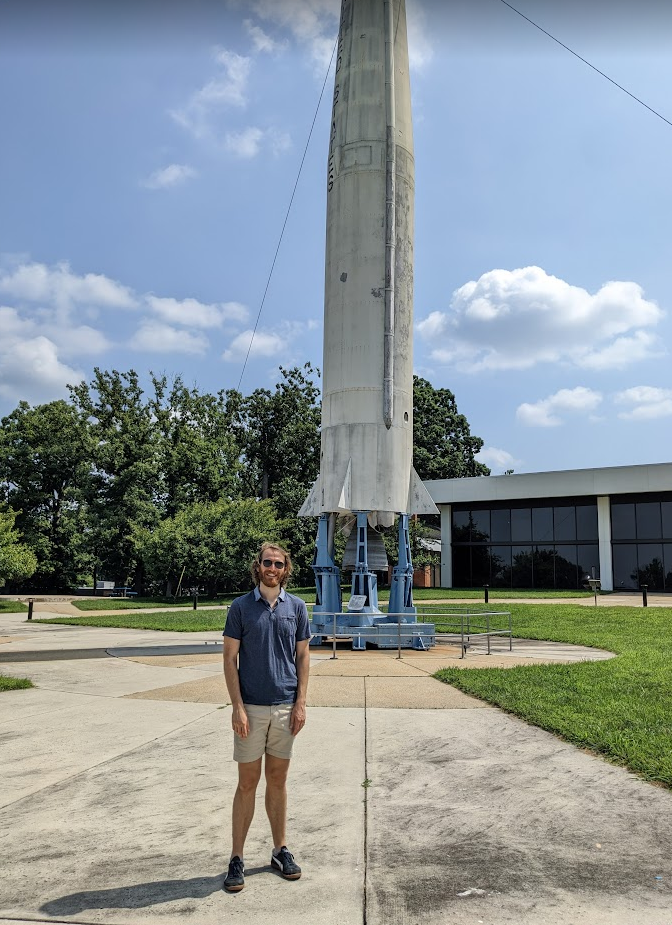
It was special having family nearby in DC. I’m excited to be close to family and friends in Milwaukee, too. We’ll see how I acclimate to the winters (eep). I had hoped a Brewers playoff run might welcome me home but instead was greeted to my spirit torn in two. Til next year.
The Thomas piece that moved me the most on my visit was Aquatic Gardens. The chaotic blue brush strokes seem to ripple across the canvas in waves. A bay of calm yellow lily pads are gently thrashed back into position as you navigate one part to another.
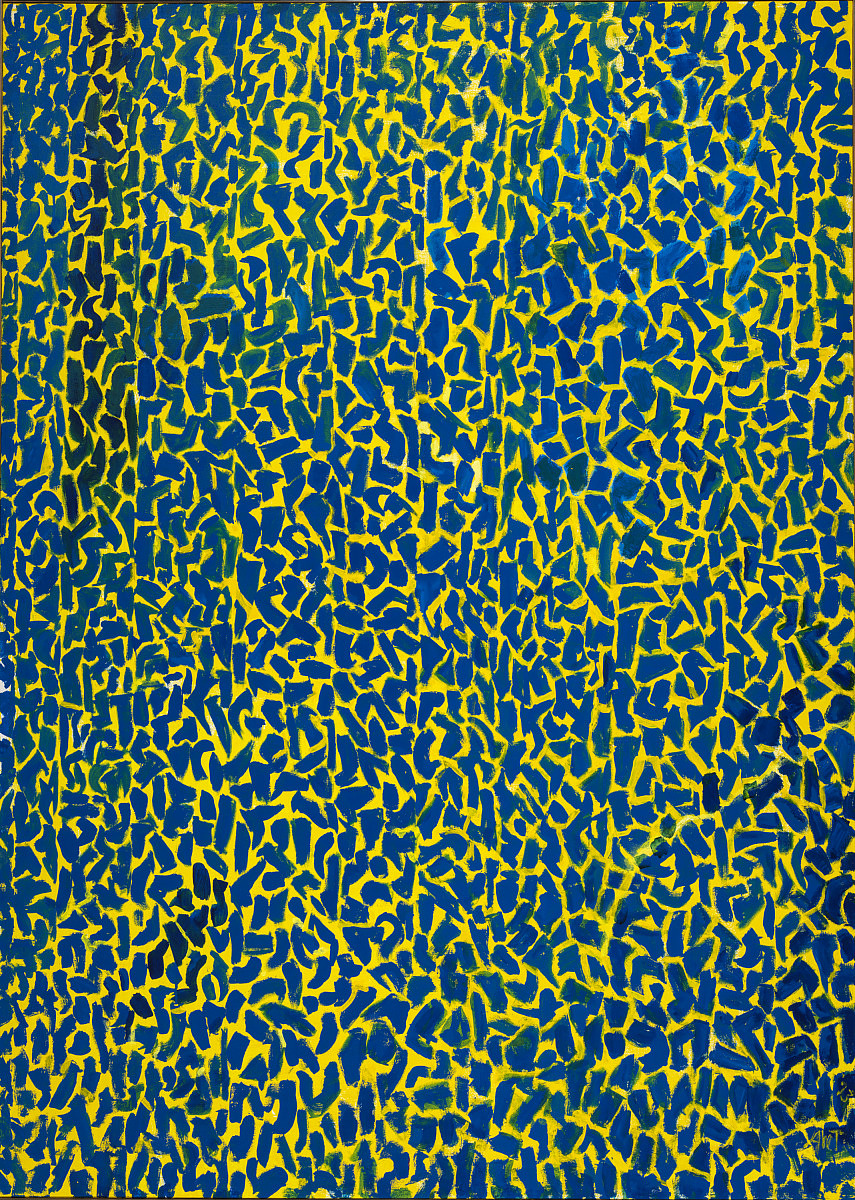
It was inspired by the Kenilworth Park & Aquatic Gardens. The Gardens are an oasis of riverbeds on DC’s Northeastern border. The Anacostia River here teems with lily pads, wildflowers, rare birds, and other wildlife. A place with so much beauty Fox News might try to convince you it doesn’t exist in DC.


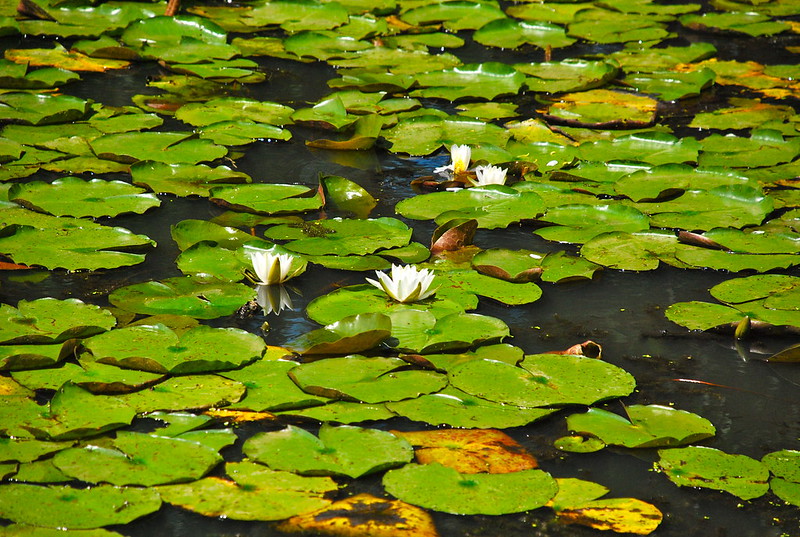
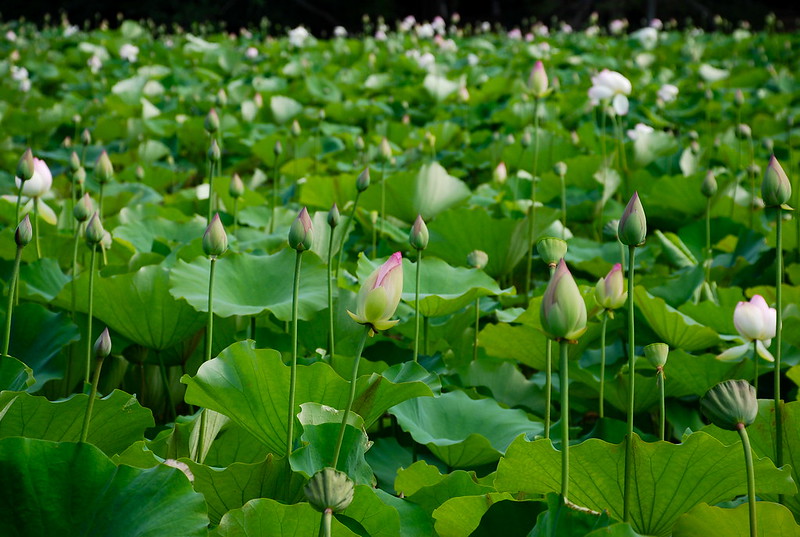
I explored much of the nature of DC but never made it to the Aquatic Gardens. It’s on the list for my visit. Until then I’ll wonder how well the piece fits and try to take in the world through a similar lens. Thomas spent her life eyes-opened to inspiration and let it flow through. She was a craftsperson fulfilled by the process of rendering her perspective on the world through art; recognition was a byproduct.
"Like carpenters, we show up each day and do our job...Sometimes our ideas come through bolts of lightning. Other times through effort, experiment, and craft. As we work, we may notice connections and become surprised by the wonder of what's revealed through the doing itself. In a way, these small a-ha! moments are also bolts of lightning. Less vivid, they illuminate our way...Without diligence, inspiration alone rarely yields work of much consequence.
Making great art may not always require great effort, but without it, you'll never know. If inspiration calls, we ride the lightning until the energy is exhausted.
For a city that filled my heart for a decade the Thomas exhibit was a fitting send off and reminder to myself: open yourself to the world, learn new skills, and create. Breathe in life at whatever pace you can. Inspiration might be through your back window or down a street you’ve never been on. Perhaps you’ll find some meaning to your world there.
Footnotes
1. https://weta.org/watch/shows/weta-arts/weta-arts-february-2023-alma-thomas ↩
2. https://www.smithsonianmag.com/blogs/smithsonian-education/2022/01/27/alma-thomas/ ↩
3. https://edan.si.edu/slideshow/viewer/?damspath=/CollectionsOnline/thomalma/Box_0002/Folder_043 ↩